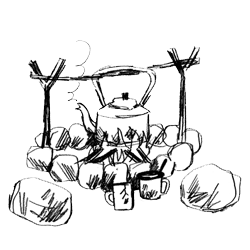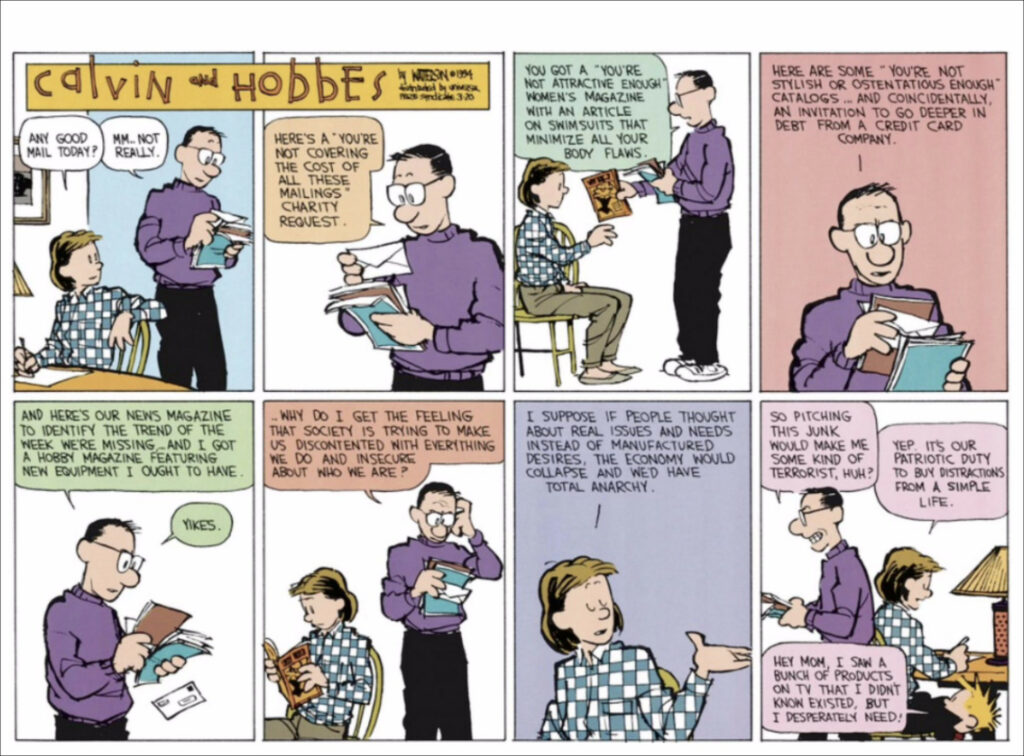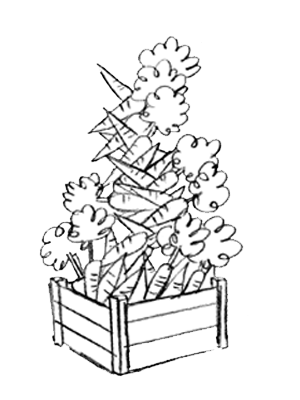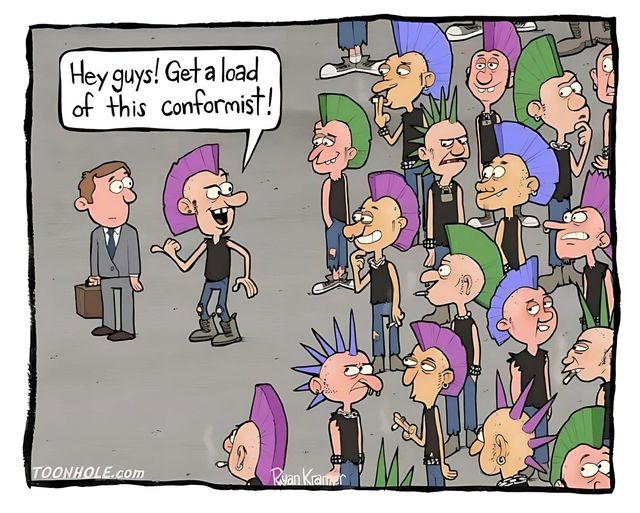The mainstream internet, #dotcons, seduces us with dopamine hits, saps our creativity, and turn us into sad, noisy, powerless complainers. It steals our time with endless distractions, buries the pathways that lead to real change, and, in the end, empties our wallets.
We do need to stress how ingrained the #deathcult mentality has become. After decades of #neoliberal ideology, people have internalized the “no alternative” mindset, making it difficult to embrace radical solutions. Moving public opinion, especially outside the #dotcons bubble, requires patience and strategic optimism. It’s frustrating when potential allies focus too much on tearing things down instead of building up new, relevant/radical paths.
How do you think we can inspire collaborative and hopeful action movements, without them getting lost in the negativity?
There is a visible to some/invisible to meany split between isolationists and communicators in decentralized tech. This, if you can see it, highlights a tension that exists in these spaces: the drive for autonomy versus the desire to connect and build community. The isolationists tend to come from a place of distrust—towards government, society, and even other people, while the communicators are motivated by collaboration and the desire for the balance of freedom without “control”. This is from’ish this thread
To build a community of positive-minded, collaborative people around decentralized technology, it might help to frame it with a focus on inclusivity and openness, rather than a dogmatic political alignment. Positioning the project as radically progressive and inclusive can attract those who share ethical values without alienating people who might not identify with specific left-leaning ideologies, but do align with collectivism paths and community-building to make these paths real.
What can help build a project native to this, like the #OMN? We start with clear, shared values, like the #4opens then build these into strong myths and traditions, inclusive, mutual aid, transparency, and collaboration to hold the path, no matter how messy it gets. This might help to grow an affinity group of action to draw in, by holding the space open, people who want to contribute positively and filter out those who don’t share those #KISS goals.
Decentralized, communal governance, like the #OGB is a path to empower communities to moderate a healthy and welcoming space. Decentralized decision-making allows more voices to be heard and helps to mediate conflicts before they become toxic. This distributing power and responsibility, to build open, curated discussions and ensure these remain constructive and don’t descend into conspiracy and extremism. Yes, make it clear that free speech is valued, but the community is not tolerate of hate speech and fascist ideologies. On this native path various approaches and ideas, coexist in collaboration and messiness, a path to avoid dogmatism and the mess that ideological purity can so easily spread.
To build this we can use existing networks, the #fediverse is a great example of how decentralized tech works to scale, and a good place to draw inspiration, an example of community building, moderation practices, and fostering healthy interactions. We can start with highlighting successful models of cooperation and interdependence that try and resolve conflicts organically.
The challenges are real, especially in keeping out toxic elements without being authoritarian or losing the balance of openness. By focusing on shared, values and building a community where contributions are judged by their alignment with the collective goals rather than personal politics, you create a space that encourages progressive ideas that fosters a sense of solidarity.
This is a real path to open a space to build alternatives #OMN

Stop complaining. Just step away to help build the alternative #OMN








